Part 1 In our 2023 Hobby to Profit Farm Series

A business plan is a crucial tool for any entrepreneur, and it is especially important for those looking to start a livestock farming business. A well-written business plan will not only help you secure funding, but it will also serve as a roadmap for the growth and success of your farm. In this article, we will discuss the key elements of a business plan for a livestock farming operation, and provide tips on how to write a plan that will help you achieve your goals.
The first step in writing a business plan for a livestock farming operation is to conduct a market analysis. This section should include information on the current market for the type of livestock you plan to raise, as well as any trends or growth opportunities in the industry. It is important to understand the size of the market, as well as the target audience for your products. By conducting a thorough market analysis, you can identify potential customers and competitors, and develop strategies to differentiate your farm from the competition.
The next section of your business plan should focus on the operations of your farm. This section should include a detailed description of the day-to-day operations of the farm, including the facilities, equipment, and staffing needed to run the business. It is important to include information on your farm’s location, as well as any plans for expansion or growth in the future.
The management and organizational structure section of your business plan is also important. This section should include information on the management team and organizational structure of the business, including details on ownership and any key partnerships. This section will give investors and lenders an understanding of who is running the business and how it is structured.
The financial projections section of your business plan is critical for securing funding. This section should include projected income statements, balance sheets, and cash flow statements for the first three to five years of the business. It is important to be realistic and conservative in your financial projections, and to include a detailed explanation of the assumptions and calculations used in your projections.
Finally, your business plan should include an appendix with additional information such as resumes of key team members, detailed farm layout and design, and any other relevant documentation. This will provide a more in-depth understanding of your farm’s operations, management, and financial stability to any potential investor.
In conclusion, writing a business plan for a livestock farming operation requires a great deal of research and planning. By focusing on the key elements of market analysis, operations, management, financial projections, and supporting documentation, you can develop a comprehensive plan that will help you secure funding and achieve your goals. With a solid business plan in place, you can build a successful and sustainable livestock farming operation.
Example of a very simple Business Plan
- Executive Summary: Livestock farming is a profitable business that can provide a steady income for farmers. Our farm will focus on raising high-quality beef cattle, with the goal of supplying local grocery stores and restaurants with fresh, locally-sourced beef. Our target market will be consumers who are looking for natural, hormone-free meat options. Our main objective is to become a reliable supplier for local businesses and to establish a strong brand in the community.
- Market Analysis: The demand for natural, hormone-free meat options is on the rise as consumers become more aware of the health benefits of consuming grass-fed beef. The market size for grass-fed beef in the United States is projected to reach $27 billion by 2024. Our farm will be located in an area with a strong demand for locally-sourced beef, and we plan to target the growing niche market of consumers who are willing to pay a premium for natural, hormone-free meat.
- Operations Plan: Our farm will be located on a 100-acre parcel of land and will include a barn, a milking parlor, and a processing facility. We will also have a team of experienced farmers and staff to manage the daily operations of the farm. We will use rotational grazing techniques to ensure that our cattle are getting the best quality grass, and we will also provide them with a balanced diet of hay and supplements. We will also have a strict biosecurity protocol in place to ensure the health and well-being of our cattle.
- Management and Organizational Structure: The farm will be owned by a group of investors and will be managed by a team of experienced farmers. The management team will consist of a farm manager, a herd manager, and a marketing manager. We will also have a board of advisors to provide guidance and support. Additionally, we will establish partnerships with local grocery stores and restaurants to help market and sell our beef.
- Financial Projections: We project that our farm will generate $1.2 million in revenue in the first year, with a net profit of $300,000. Our projected income statement, balance sheet, and cash flow statement are available upon request. We plan to reinvest a portion of our profits back into the farm to ensure its long-term sustainability.
- Appendices: The appendices will include detailed information such as resumes of key team members, detailed farm layout and design, and any other relevant documentation such as the farm’s biosecurity plan, sustainable farming practices, and more. This will provide a more in-depth understanding of our farm’s operations, management and financial stability to any potential investor.

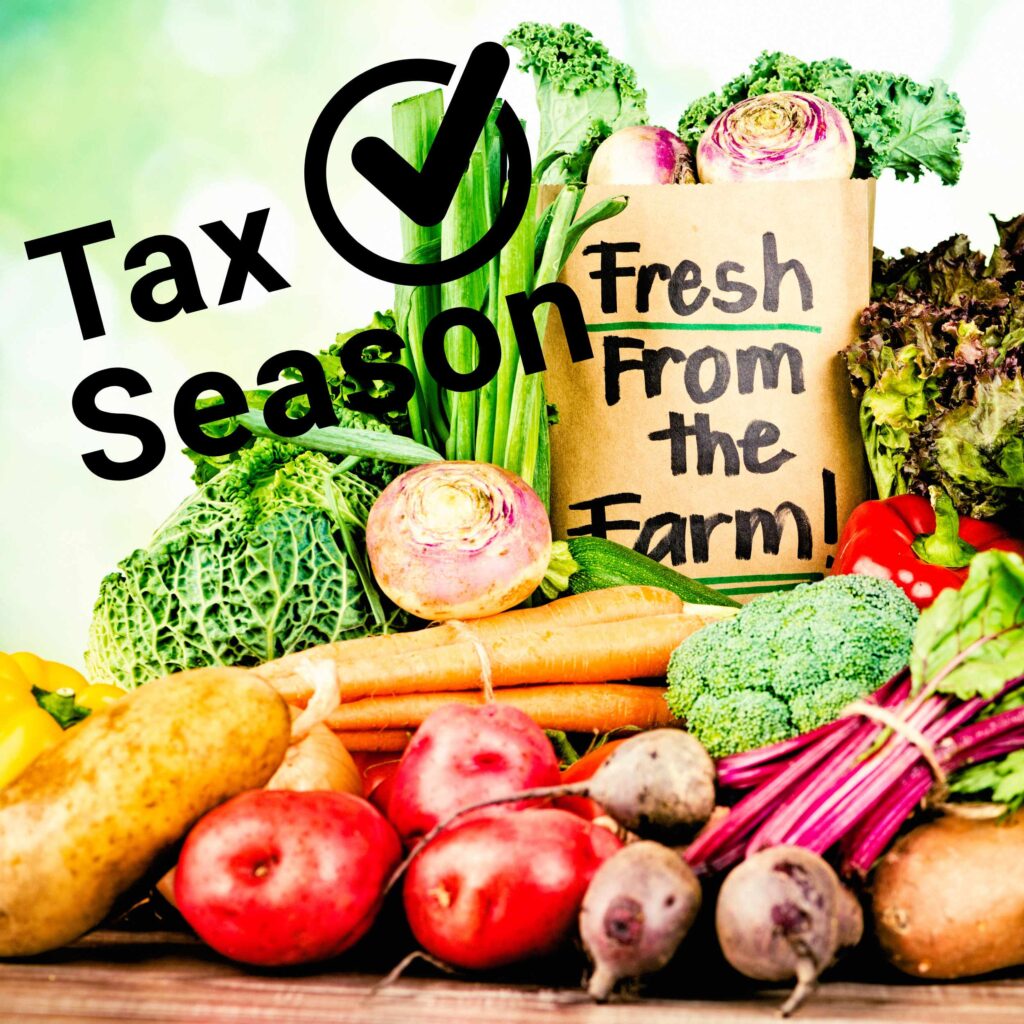
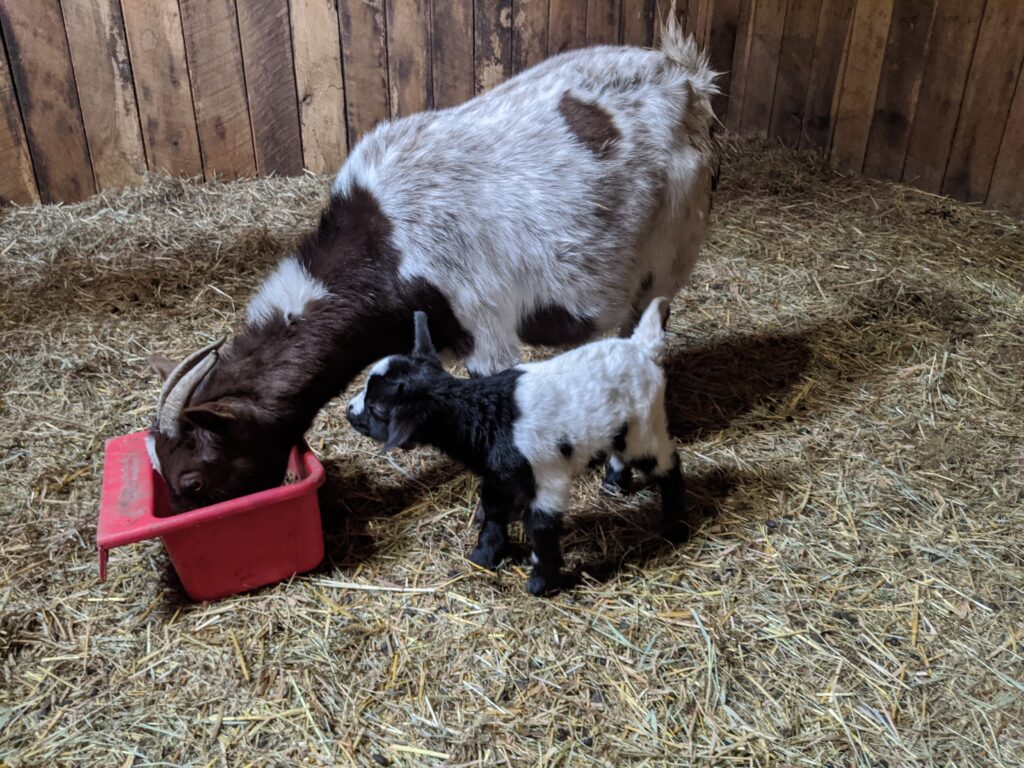
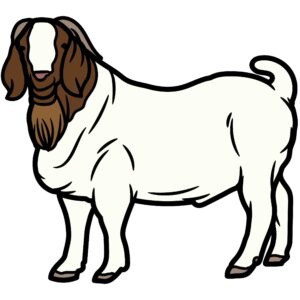 Boer goats are a popular breed of meat goats that originated in South Africa in the early 1900s. They were developed by crossing indigenous goats with European breeds, with the goal of creating a hardy and productive meat goat that could thrive in the harsh African climate.
Boer goats are a popular breed of meat goats that originated in South Africa in the early 1900s. They were developed by crossing indigenous goats with European breeds, with the goal of creating a hardy and productive meat goat that could thrive in the harsh African climate.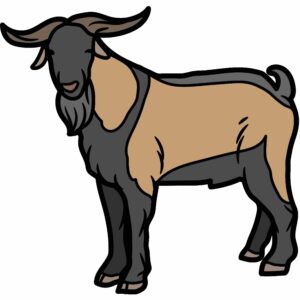 Spanish goats, also known as brush goats or scrub goats, are a hardy and adaptable breed of meat goats that are native to the United States. They are believed to have descended from goats brought to the Americas by Spanish explorers in the 1500s.
Spanish goats, also known as brush goats or scrub goats, are a hardy and adaptable breed of meat goats that are native to the United States. They are believed to have descended from goats brought to the Americas by Spanish explorers in the 1500s.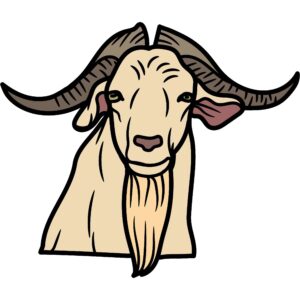 Kiko goats are a breed of meat goats that originated in New Zealand in the late 1980s. They were developed by crossing local feral goats with imported dairy breeds, with the goal of creating a hardy, fast-growing meat goat that could thrive in the harsh New Zealand climate.
Kiko goats are a breed of meat goats that originated in New Zealand in the late 1980s. They were developed by crossing local feral goats with imported dairy breeds, with the goal of creating a hardy, fast-growing meat goat that could thrive in the harsh New Zealand climate.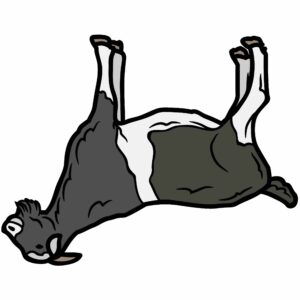 Myotonic goats, also known as Tennessee Fainting goats or Stiff-Leg goats, are a breed of meat goats that originated in the United States in the late 1800s. They were developed by crossing local feral goats with imported dairy breeds, with the goal of creating a hardy, fast-growing meat goat that could thrive in the harsh Tennessee climate.
Myotonic goats, also known as Tennessee Fainting goats or Stiff-Leg goats, are a breed of meat goats that originated in the United States in the late 1800s. They were developed by crossing local feral goats with imported dairy breeds, with the goal of creating a hardy, fast-growing meat goat that could thrive in the harsh Tennessee climate.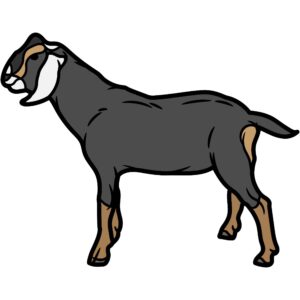 Anglo-Nubian goats are a breed of meat goats that originated in England in the late 1800s. They were developed by crossing local dairy goats with imported Nubian goats from the Middle East, with the goal of creating a hardy, fast-growing meat goat that could thrive in the temperate English climate.
Anglo-Nubian goats are a breed of meat goats that originated in England in the late 1800s. They were developed by crossing local dairy goats with imported Nubian goats from the Middle East, with the goal of creating a hardy, fast-growing meat goat that could thrive in the temperate English climate.